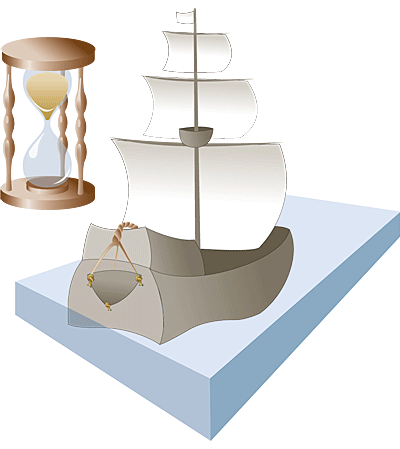
- Featured Postings
-
by CPYR Blogger
What is the difference between a nautical mile and a knot?
The nautical mile measures distance and the knot measures speed.
By National Ocean Service
Nautical Miles
Nautical miles are used to measure the distance traveled through the water. A nautical mile is slightly longer than a mile on land, equaling 1.1508 land-measured (or statute) miles. The nautical mile is based on the Earth’s longitude and latitude coordinates, with one nautical mile equaling one minute of latitude.
But why use a different measurement system for marine navigation? Using latitude and longitude coordinates is more practical for long-distance travel, where the curvature of the Earth becomes a factor in accurate measurement. Nautical charts use latitude and longitude, so it’s far easier for mariners to measure distance with nautical miles. Air and space travel also use latitude and longitude for navigation and nautical miles to measure distance.
The word “mile” might leave you wondering if there’s a “nautical kilometer,” too. There’s not. The international nautical mile is used throughout the world. The measurement was officially set at exactly 1.852 kilometers in 1929 by what is now known as the International Hydrographic Organization. The U.S. and the United Kingdom both used slightly different measurements after that time, but the U.S. adopted the international nautical mile in 1954 and the U.K. in 1970.
Knots
Knots, on the other hand, are used to measure speed. One knot equals one nautical mile per hour, or roughly 1.15 statute mph.
The term knot dates from the 17th century when sailors measured the speed of their ship using a device called a “common log.” The common log was a rope with knots at regular intervals, attached to a piece of wood shaped like a slice of pie. Mariners would lower the wood piece into the water and allow it to float freely behind the ship for a specific amount of time (often measured with an hourglass). When the time was up, they would count the knots between the ship and the piece of wood, and that number estimated their speed.

